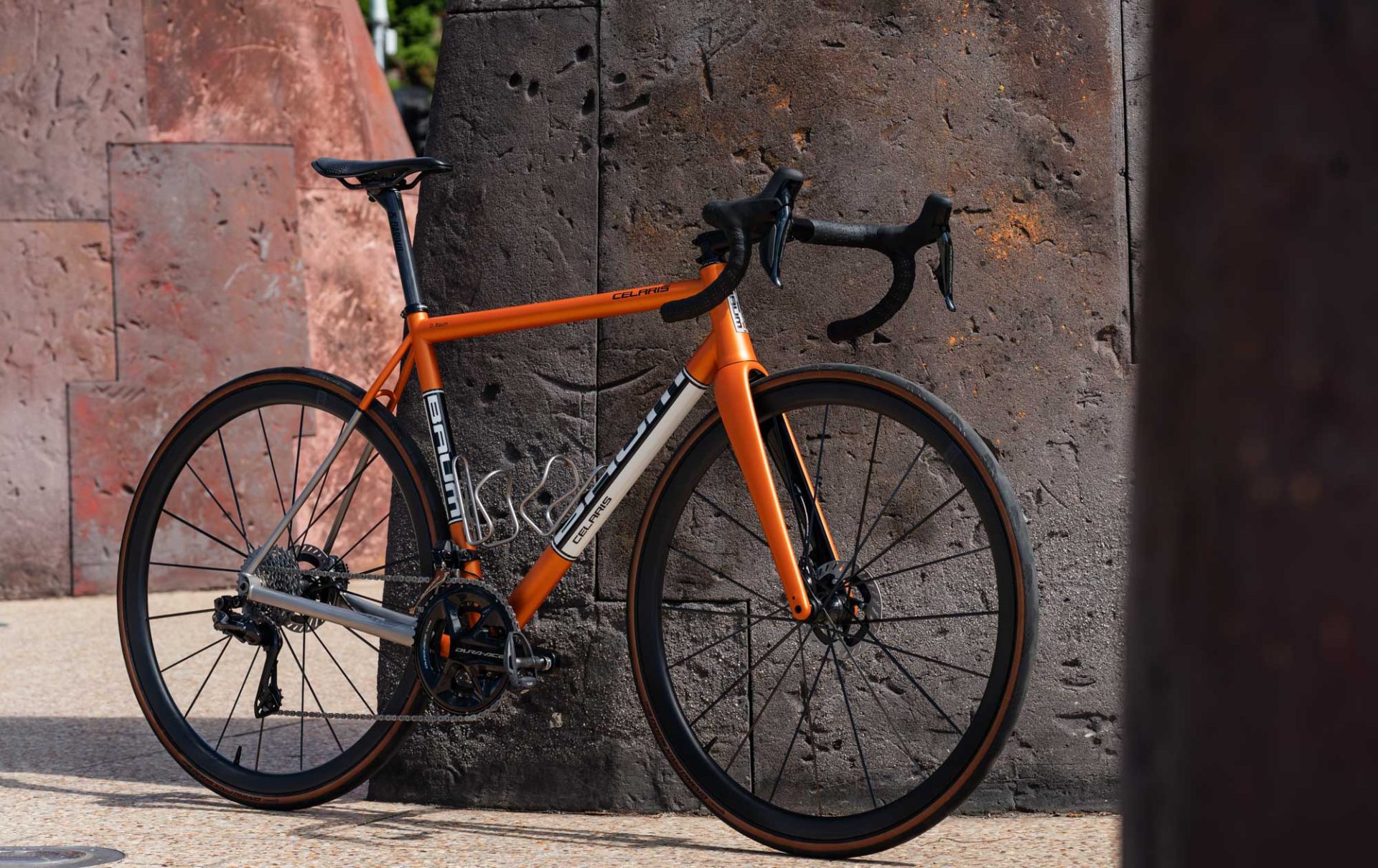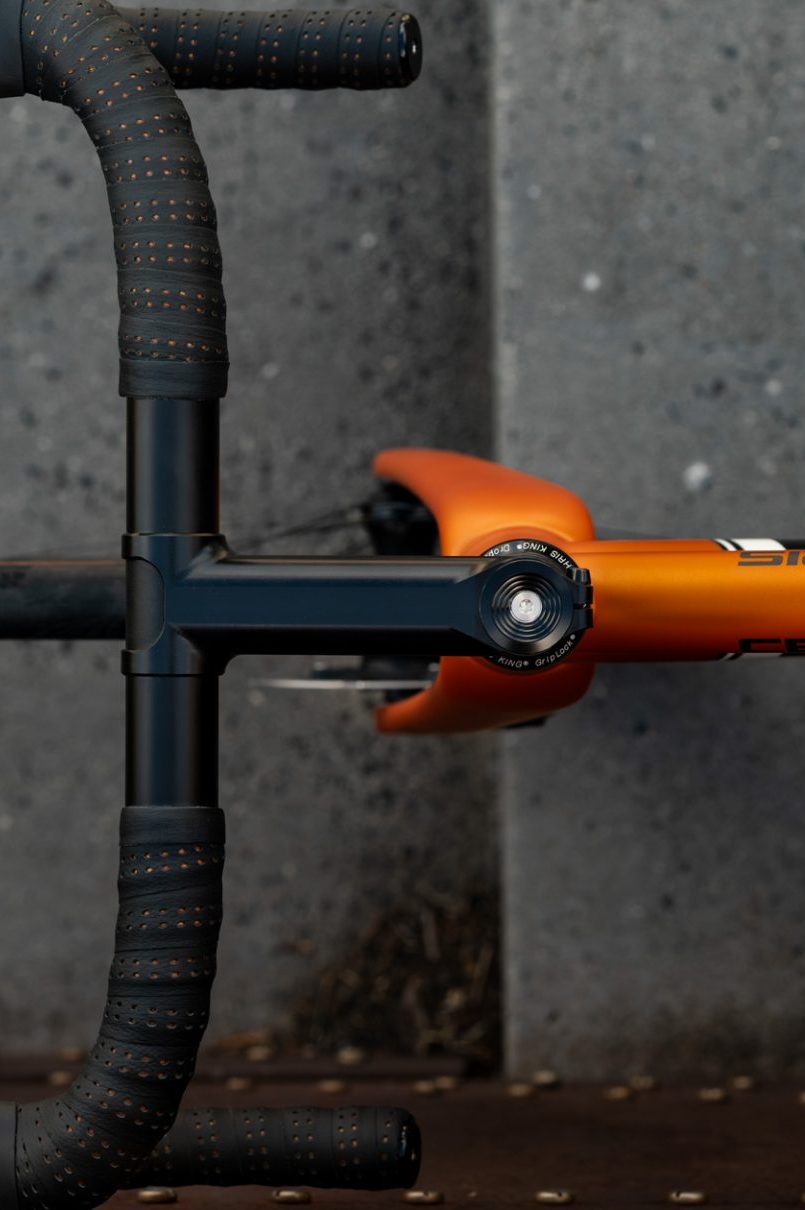It’s been a few years since Baum Cycles’ founder, Darren Baum, first shared his safety concerns related to how many in the industry were hiding cables through the headset. Those concerns were shared with carbon safety expert, Raoul Luescher, and together, the two have been conceptualising an answer since.
Then, behind the curtain at the previous Handmade Bicycle Show Australia, Baum unzipped a duffel bag to reveal a prototype of how his team planned to hide cables within a regular-size tapered head tube. That unique design has now been added to the range of desirable titanium bikes in the form of the new Celaris model (Latin, for “I Hide”).
Celaris

The new Celaris is aimed at those seeking a modern disc brake road bike with more classic lines. Placed next to Baum’s Orbis disc road bike, the Celaris has slimmer seatstays, seat tube, and top tube, a 27.2 mm seatpost, and a slim tapered head tube that fits a regular IS42/52 headset.
Things get truly interesting in how Baum has concealed the hydraulic brake hoses all while using a normal headset with a regular round and tapered steerer Enve carbon fork. Generally speaking, achieving such things requires the use of a visibly oversized head tube in order to run the brake hoses through oversized bearings. Alternatively, frame makers can adopt something like Columbus’ new Trittico system that shapes the steerer for concealed cabling through a more traditional headset. However, Baum wanted the traditional-looking head tube and as normal of a steerer tube as possible. “A round steerer tube was important for me,” Baum explained bluntly.
At the centre of the design sits a 3D-printed titanium insert that is permanently bonded into the carbon fork steerer acting as a structural reinforcement, hose guide, headset compression plug, and protectant from hose rub. Baum then installs this insert with an in-house modification to the fork steerer, giving the hoses both entry and exit points (the rear brake hose exits from a hole at the rear of the steerer). According to Baum, it’s a design that confidently passes international standards testing.
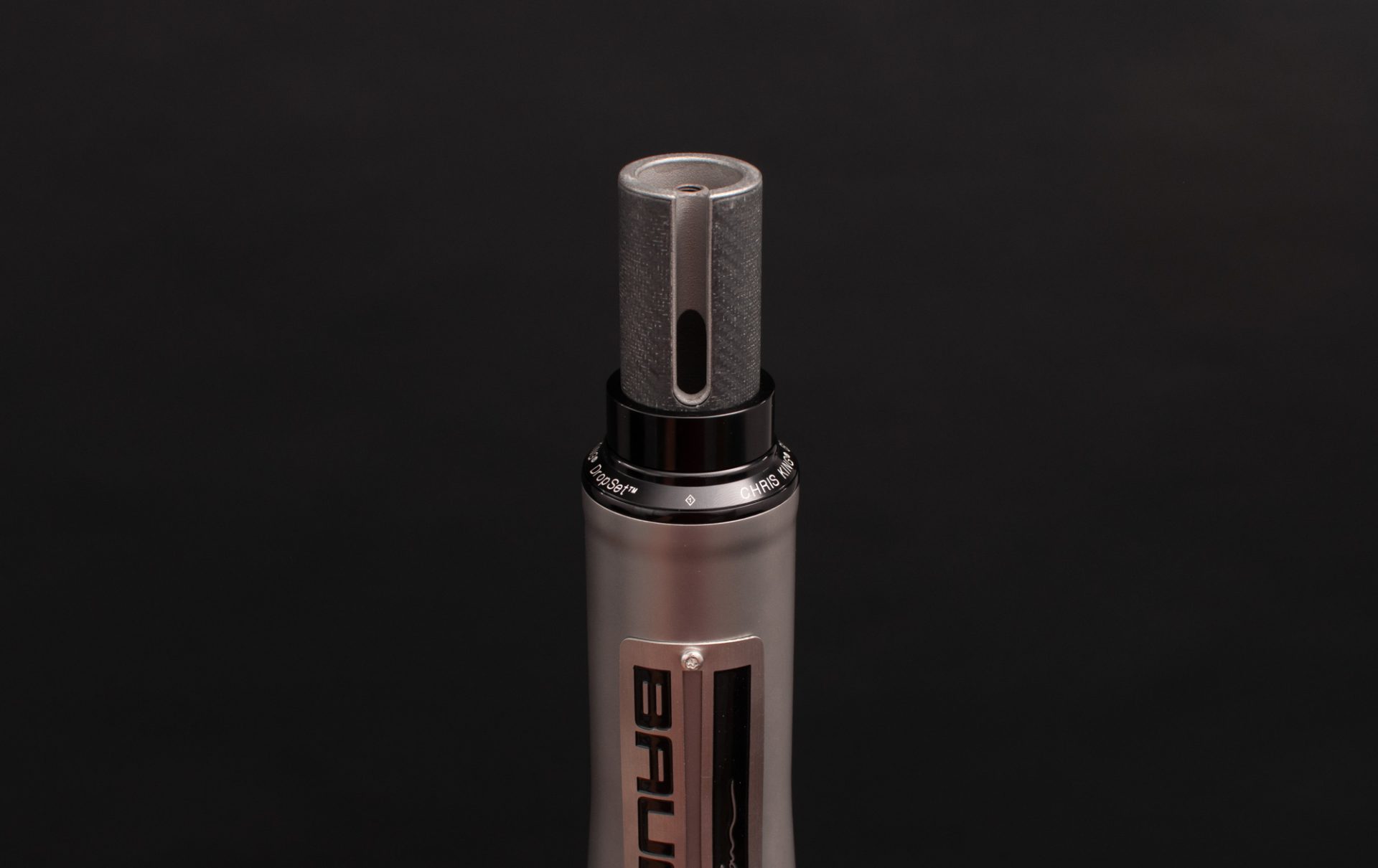
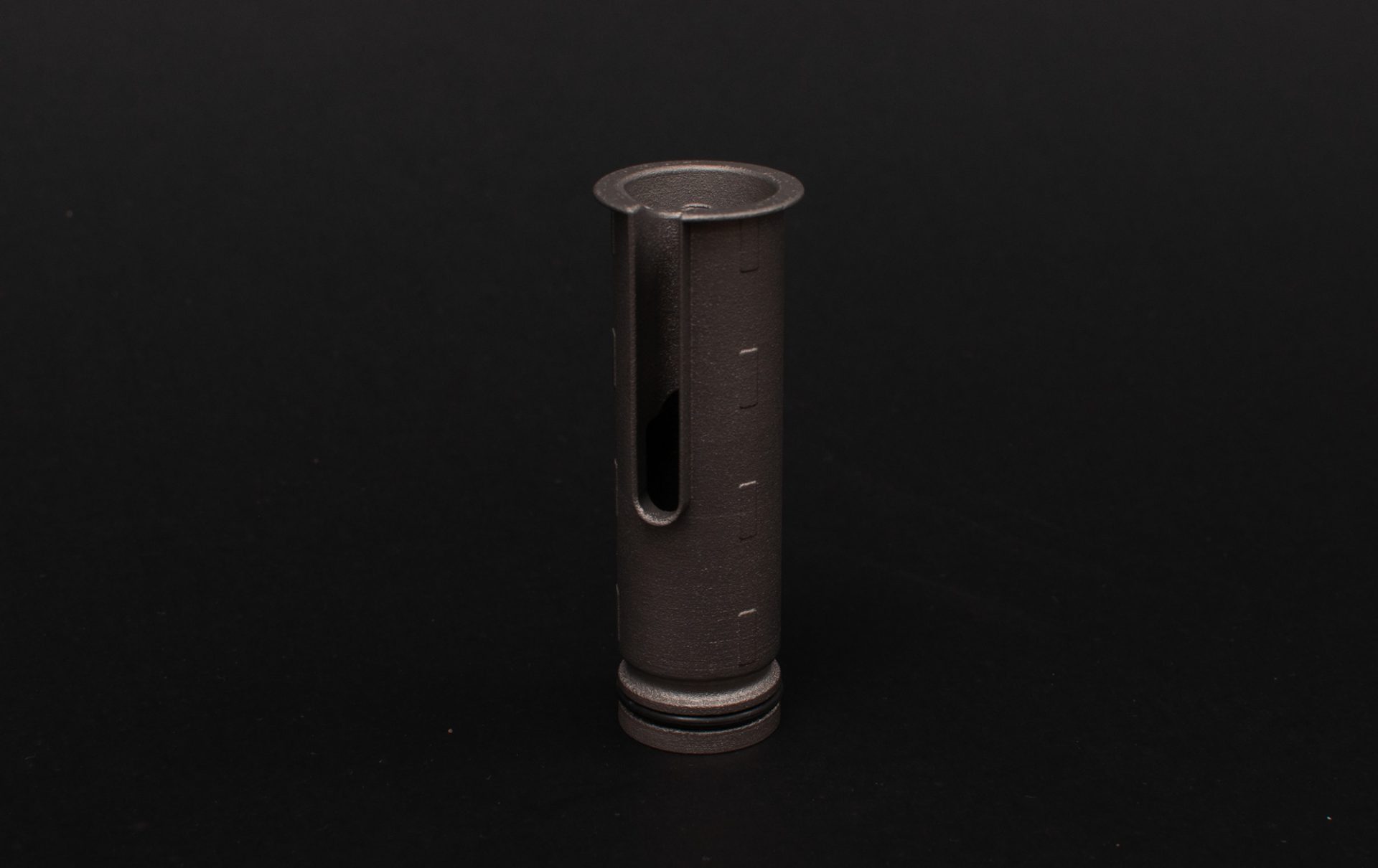
The finished result is a bike with a regular stem, a regular Chris King Dropset 2 headset, and any handlebar allowing internal routing. Although not the same in implementation, it’s a concept that fellow Australian frame maker Woods Bicycle Company coincidentally (and independently) landed upon less than a year ago, too.
Considering this system is specifically used for a custom bike with known dimensions, Baum’s bonded steerer insert design is understandably a little more limiting in terms of future fit adjustments. Stem lengths can be changed, but by first removing the brake hoses (as with any design that has the hoses running through the stem). Meanwhile, the design allows for the stem height to be reduced by as much as 20 mm through cutting the steerer – but it’s a one-direction option.
Housing all of this in the Celaris is a 6/4 Ti head-tube that Baum machines in-house from solid bar. The shaping of it came about through countless 3D-printed iterations.
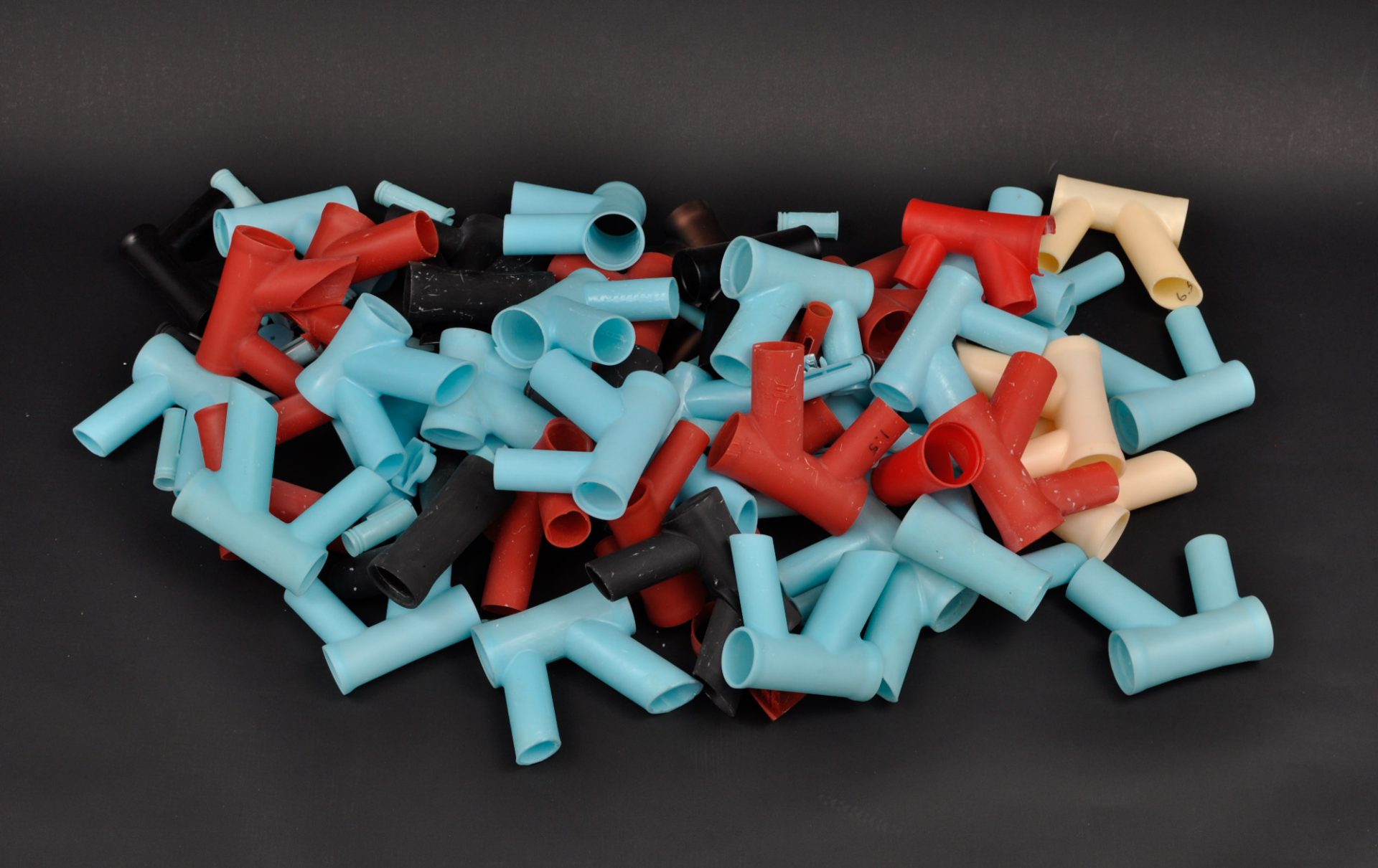
Other details include geometry optimised for 28-32 mm tyres, with maximum clearance for 34 mm. There’s a T47 bottom bracket, Baum’s own design of flat mount brake dropout, and the usual impeccable finish quality.
Wholly made in-house, including the butted tubing, multiple frame pieces, and the paint, Baum is offering the Celaris in a choice of seven stock sizes or with full custom geometry. It’s only available as a premium complete bike, with prices starting from AU$24,950 (approx US$16,300) for a full Shimano Dura-Ace Di2 build. As pictured and with an ultra-fancy build, the Celaris is 7kg without pedals.
Orbis gets hidden cables, too.
The Celaris isn’t Baum’s only bike to hide the hoses, the Orbis (disc road) and Orbis + (all-road) bikes are now also available with such a feature as an option.
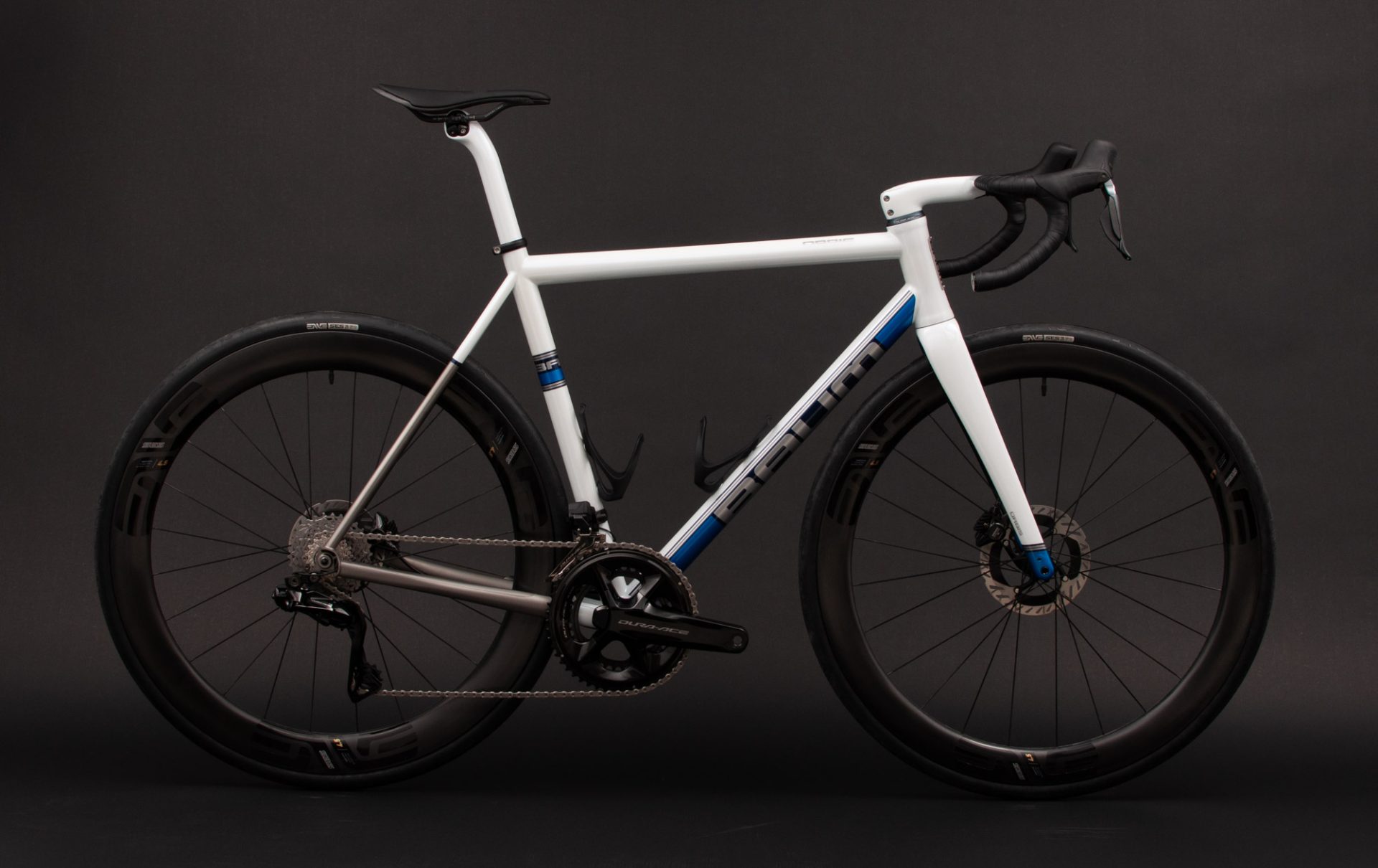
Compared to the Celaris, the Orbis is the more contemporary-looking and stiffer riding of the two. Rather than getting tricky with a skinny tapered head tube, the Orbis earns hidden cable routing via a more commonly done oversized head tube that is then matched to Enve’s integrated cockpit and what seems to be Chris King’s upcoming DropSet (IS) version of the AeroSet headset (1.5in top and bottom bearings).
Not a fan of such integration? Baum will continue to offer the regular Orbis range with hoses external to the headset.
Meanwhile, Baum has also given its titanium rim brake road bike, the Corretto, a refresh. The bike now offers a new in-house machined head tube with IS headset bearing seats and an Orbis-inspired swoopy rear end.
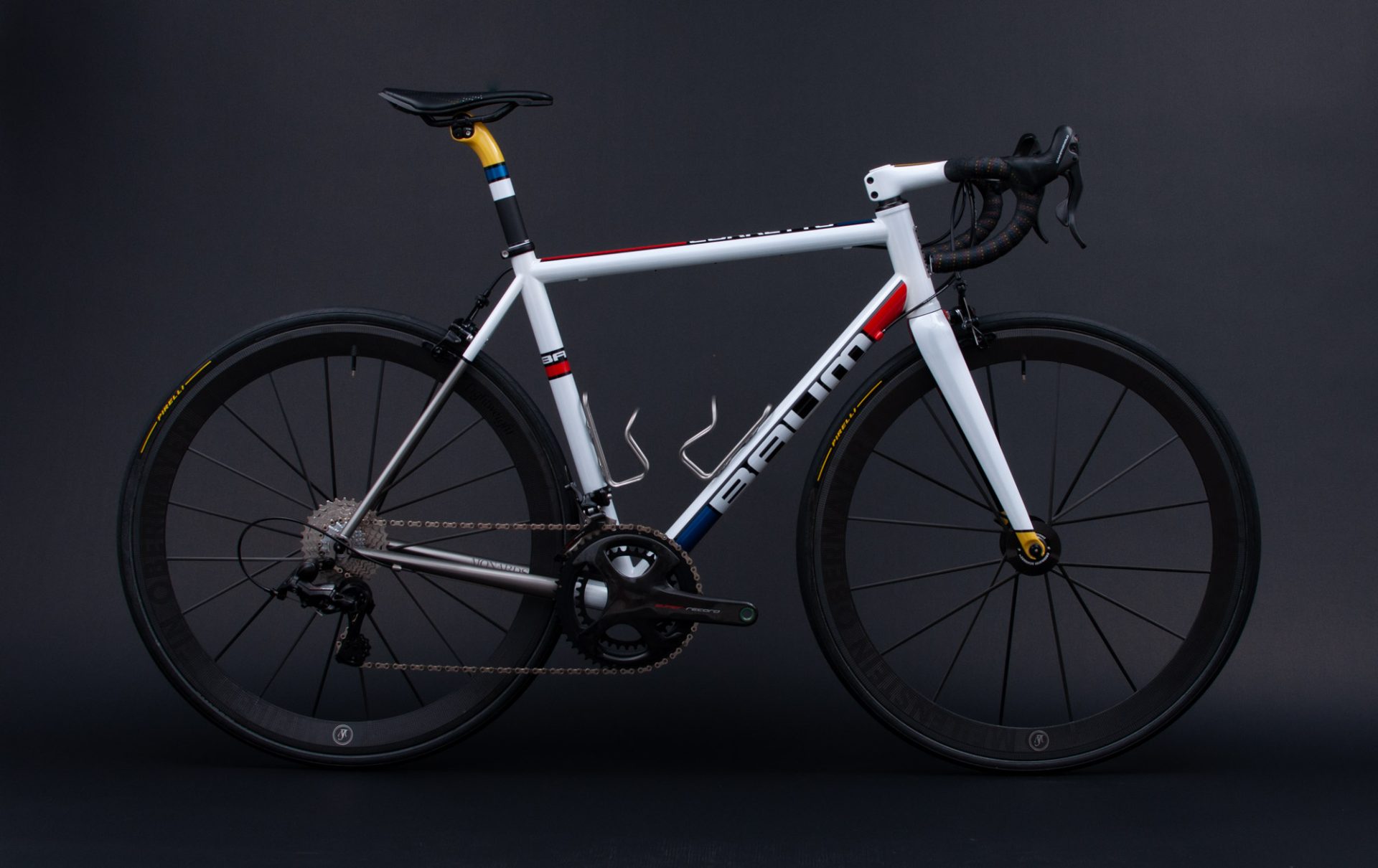
Partington R31
Just a short drive from Baum’s factory sits the manufacturing facility of Partington. Until now, the young Australian company has only offered a single product in the 1,165 g R39/R44 wheelset, but today, a second option joins the range.

The new R31 gets ever more obsessive with the weight focus by introducing an even shallower 31 mm depth (and 26.5 mm external width) rim. With a hooked 21 mm internal width rim ready for tubeless or clincher tyres, these disc brake wheels now sit at just 1,060 g (claimed). And more impressively, that figure includes paint on the rims for more subtle aesthetics.
My previous testing of the R39/R44 showed the wheels to ride wonderfully smooth for something with such impressive lateral stiffness. According to the company, the shallower depth rim offers an even smoother ride (by how much exactly is still to be confirmed).
Otherwise, the wheels are built on the same tech previously seen, including Partington’s signature boomerang-type carbon spoke, in-house carbon hub, and low-friction freehub system. Fitting for that Baum build and clearly not for all, these Australian hoops carry a retail price of US$6,400 / AU$9,000.
Gallery

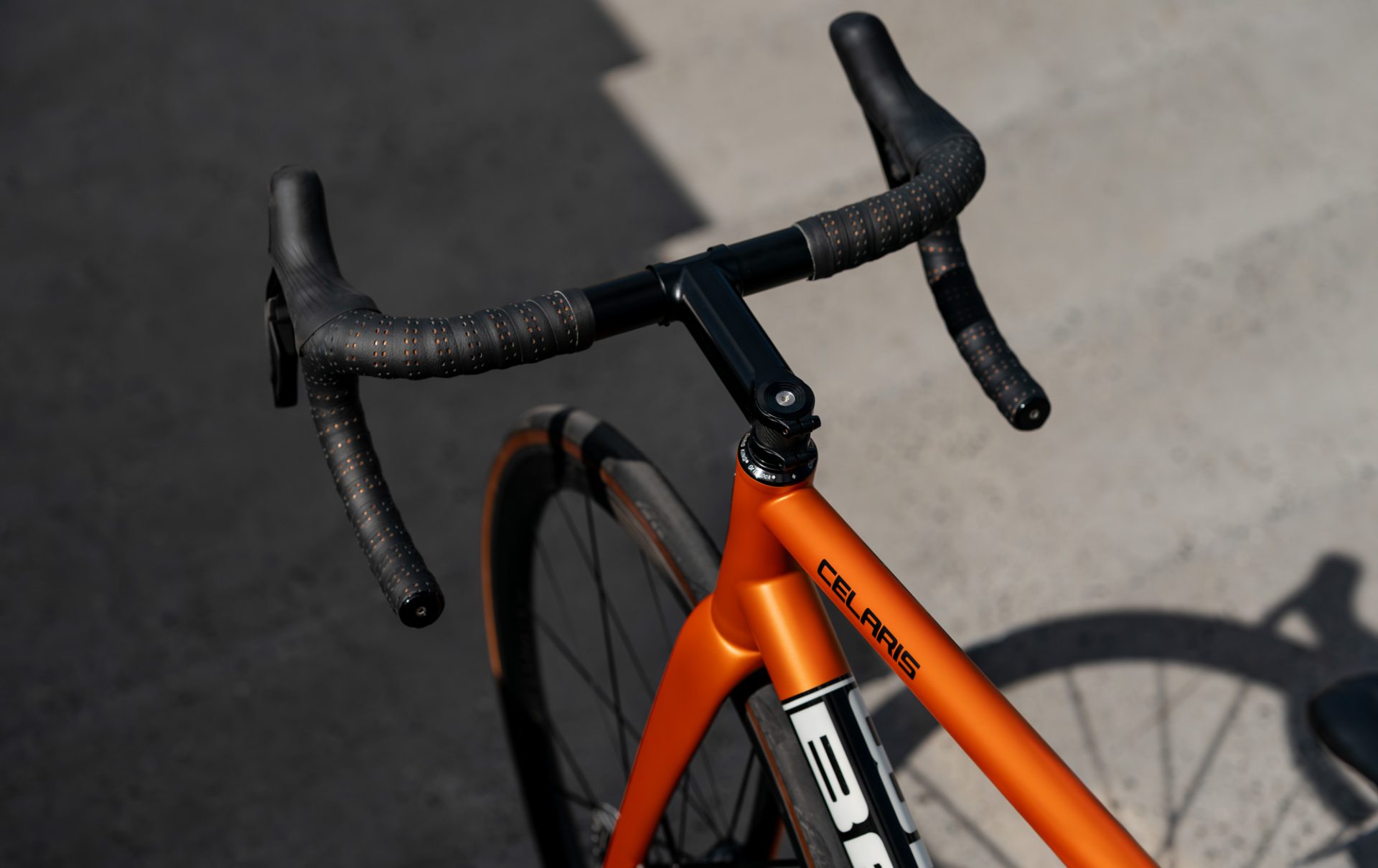
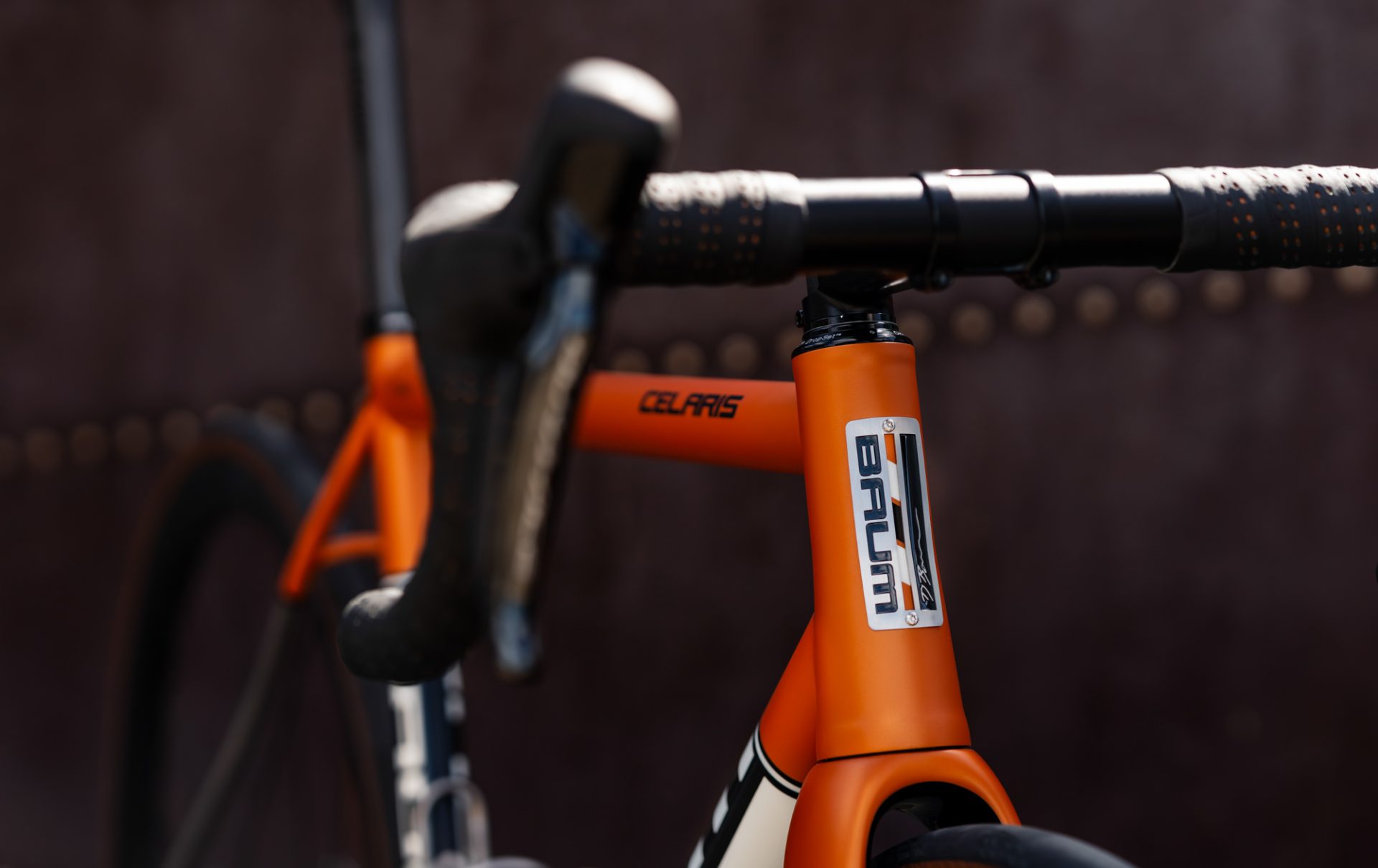
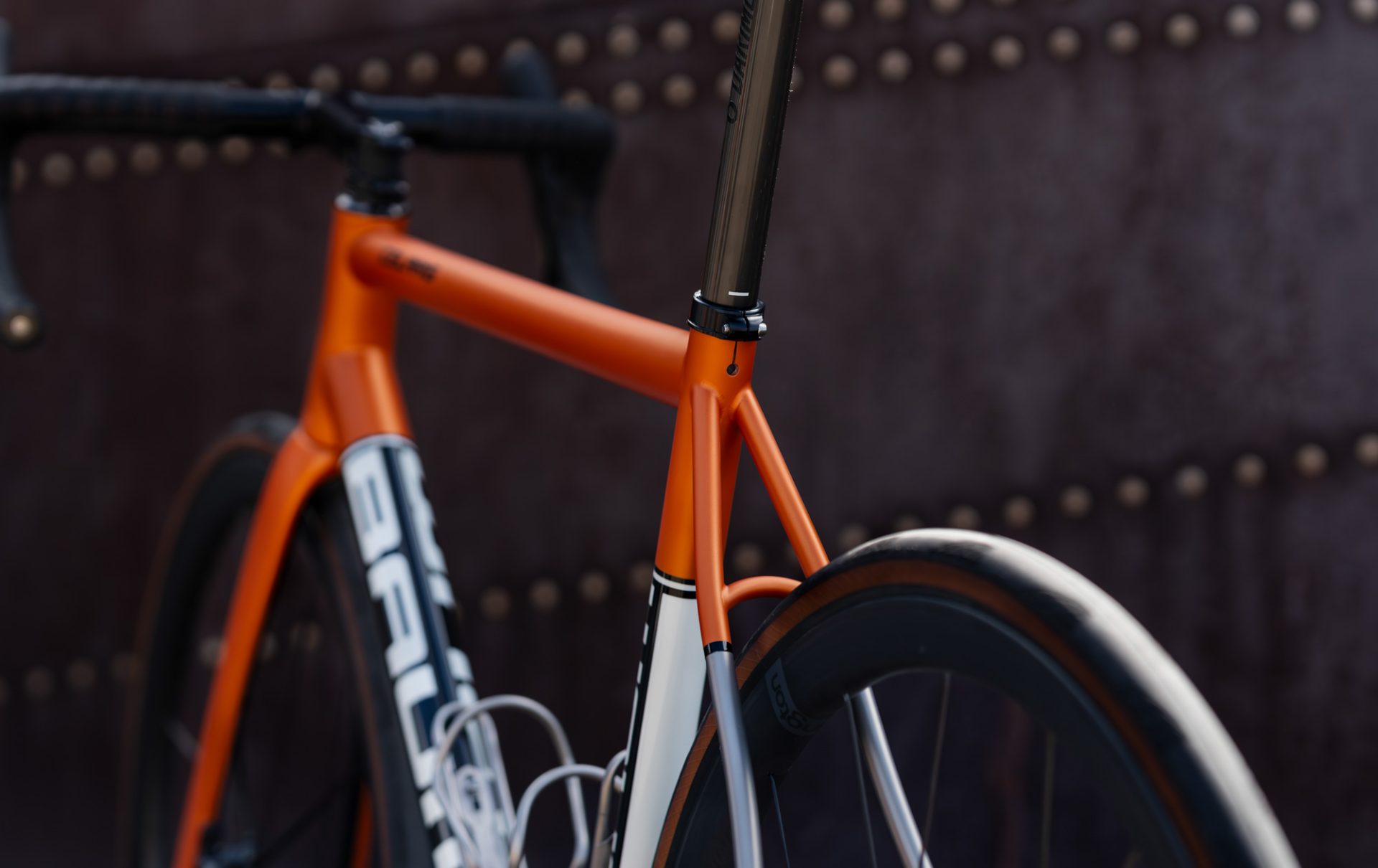
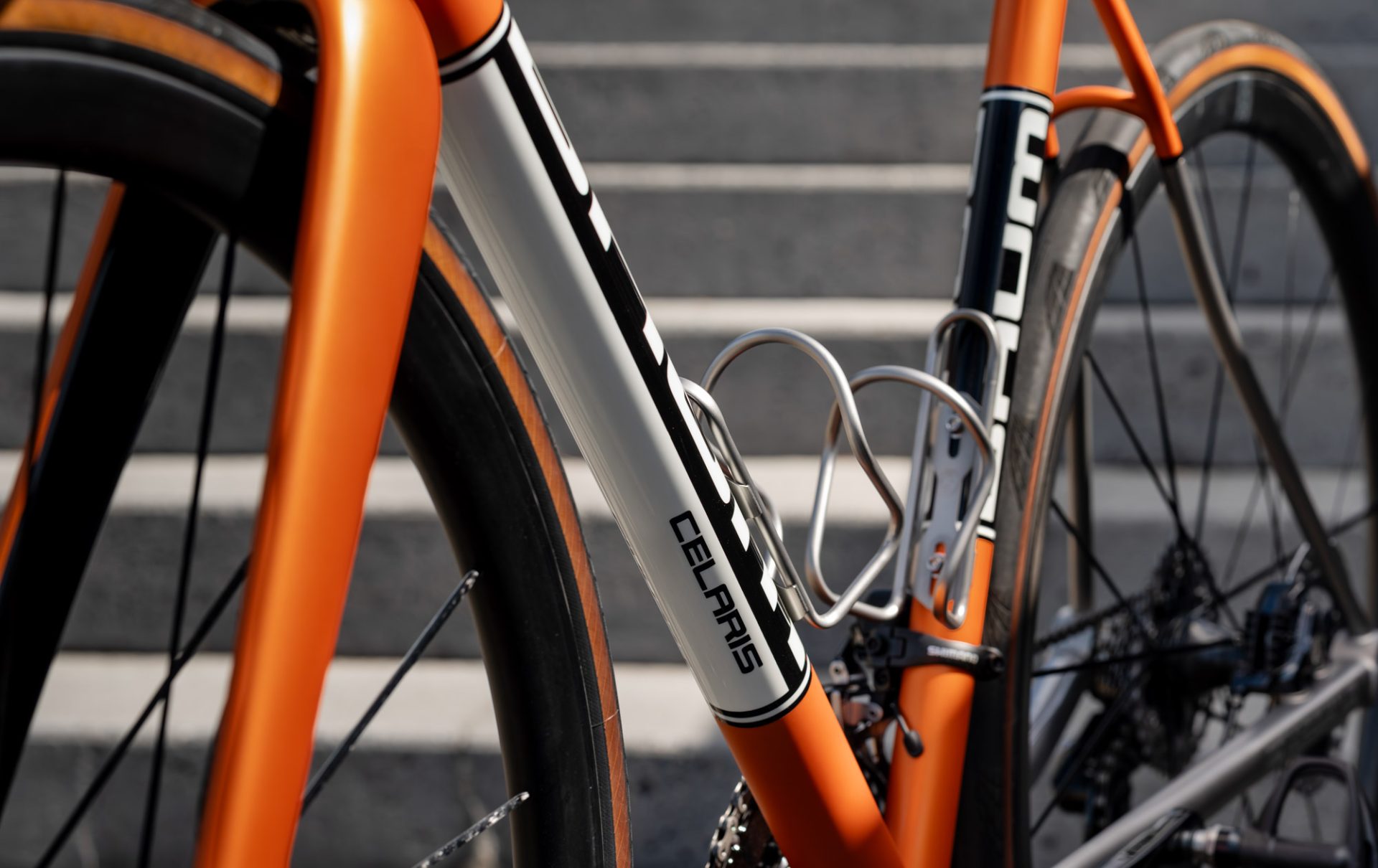

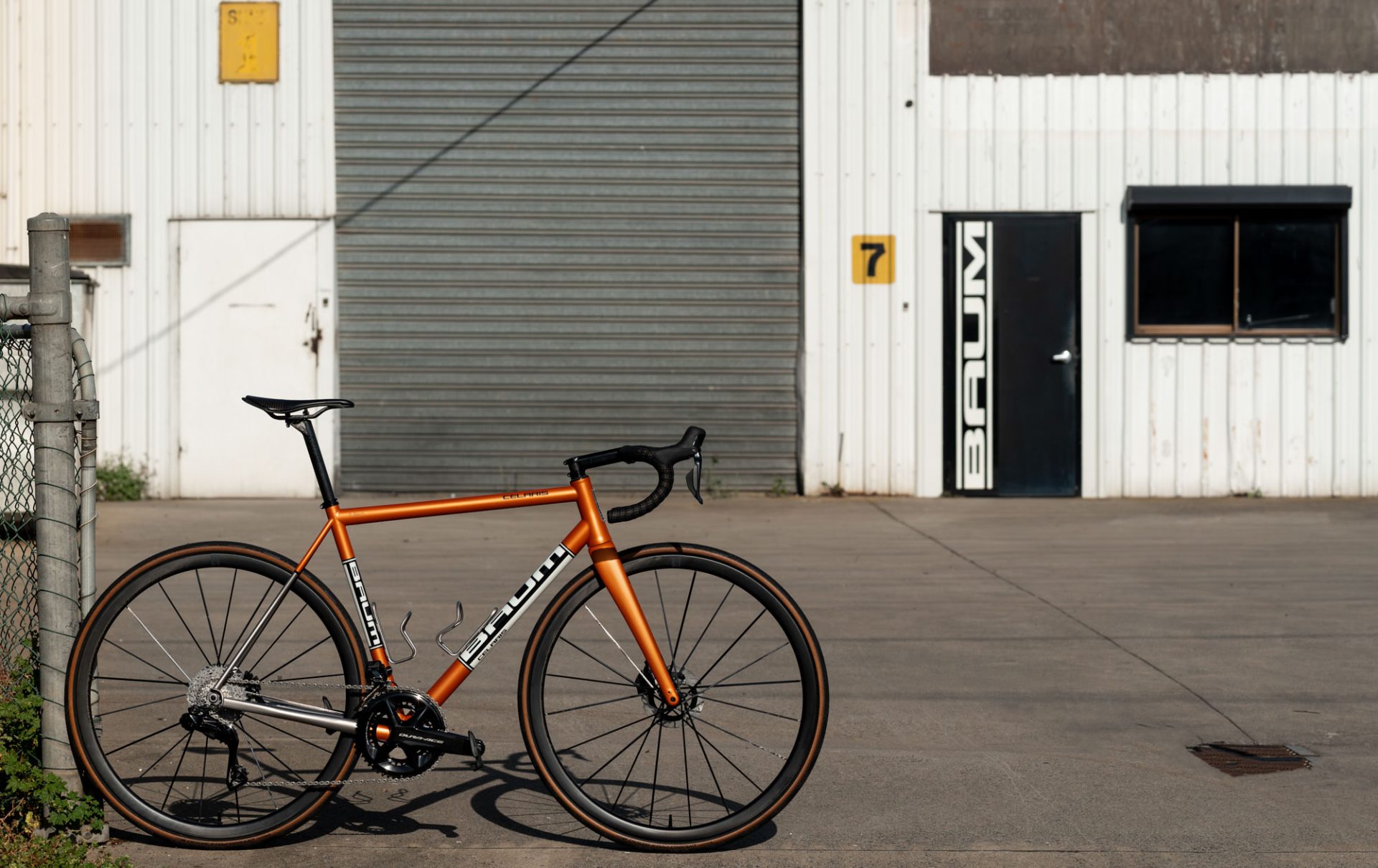
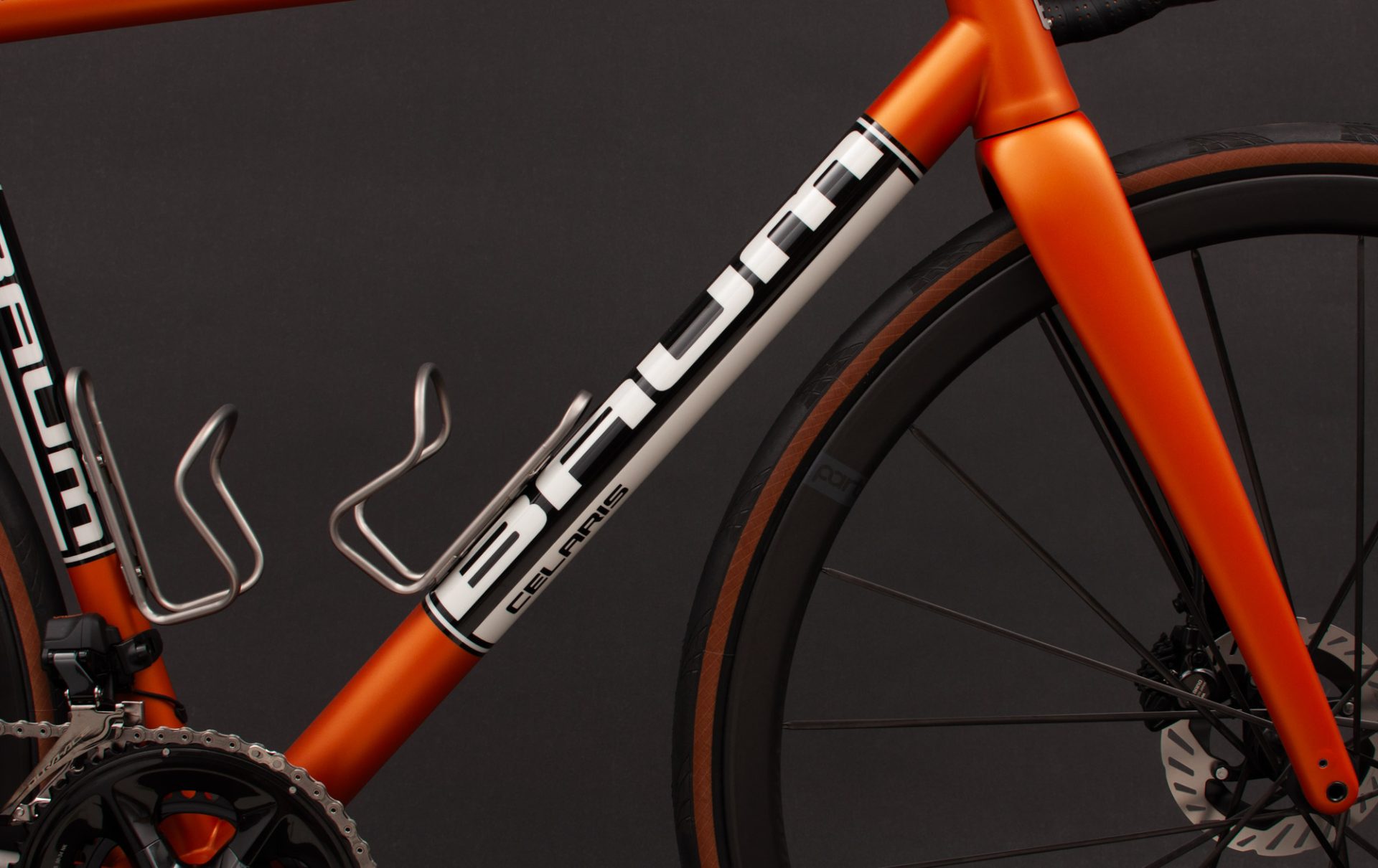
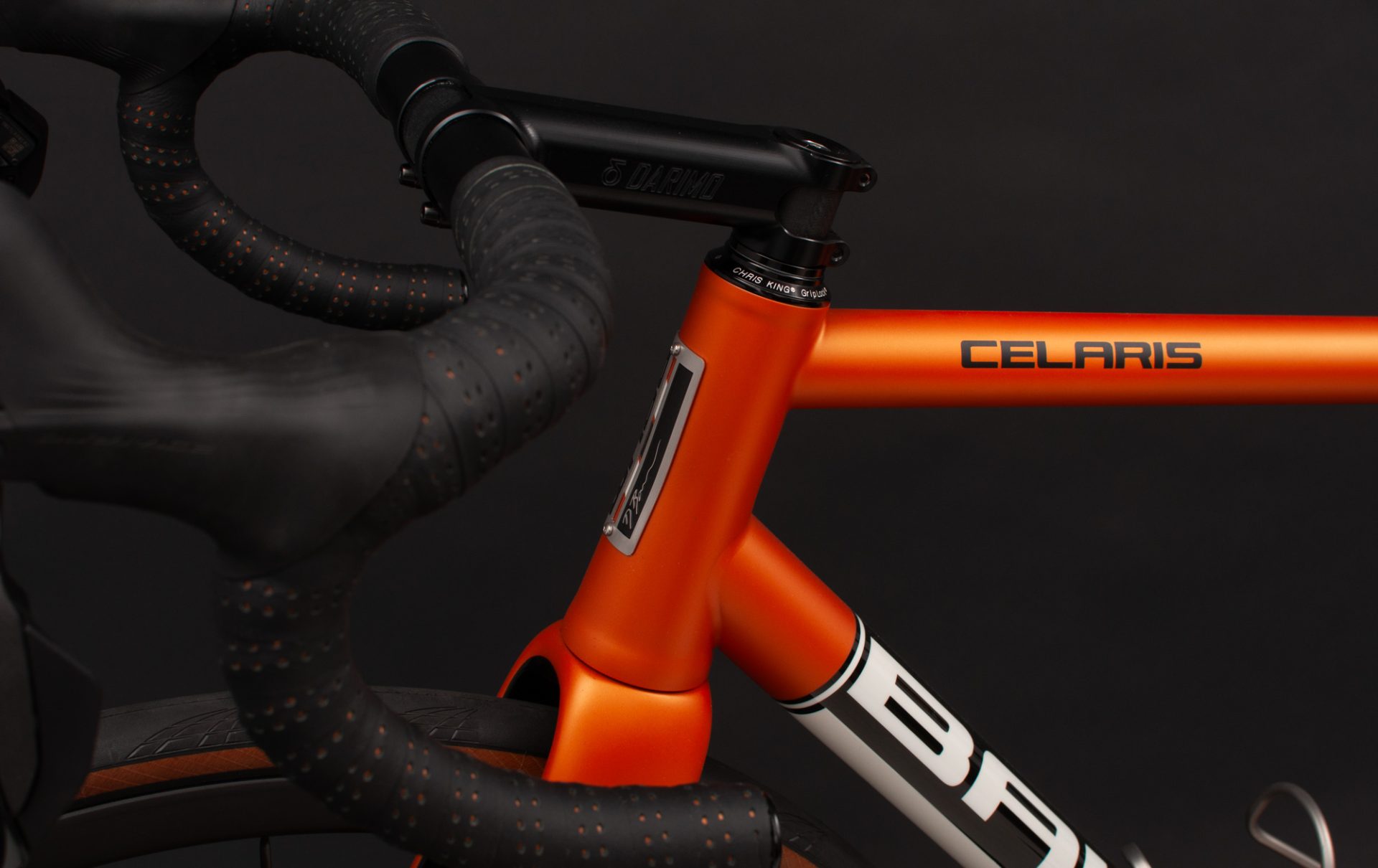
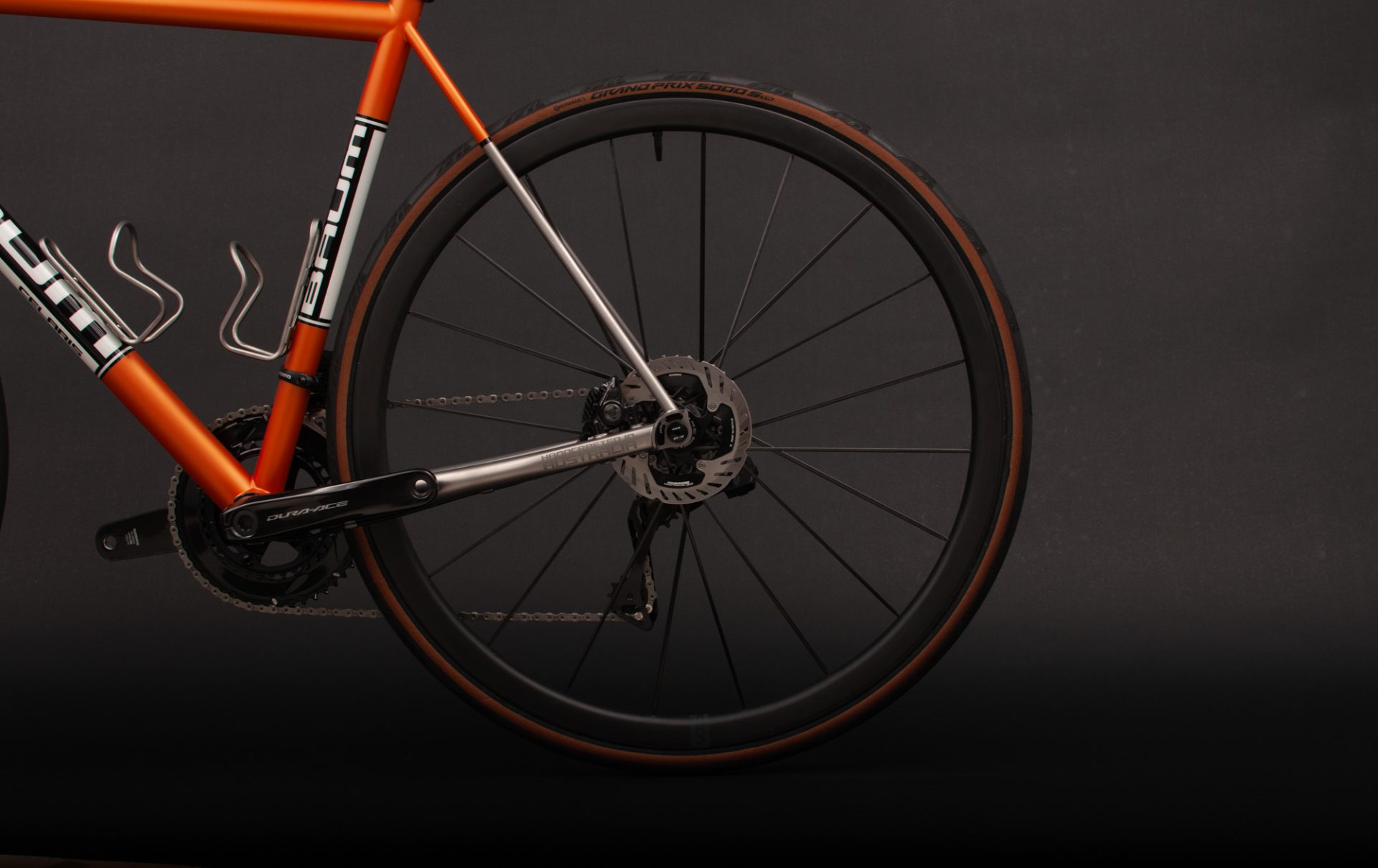
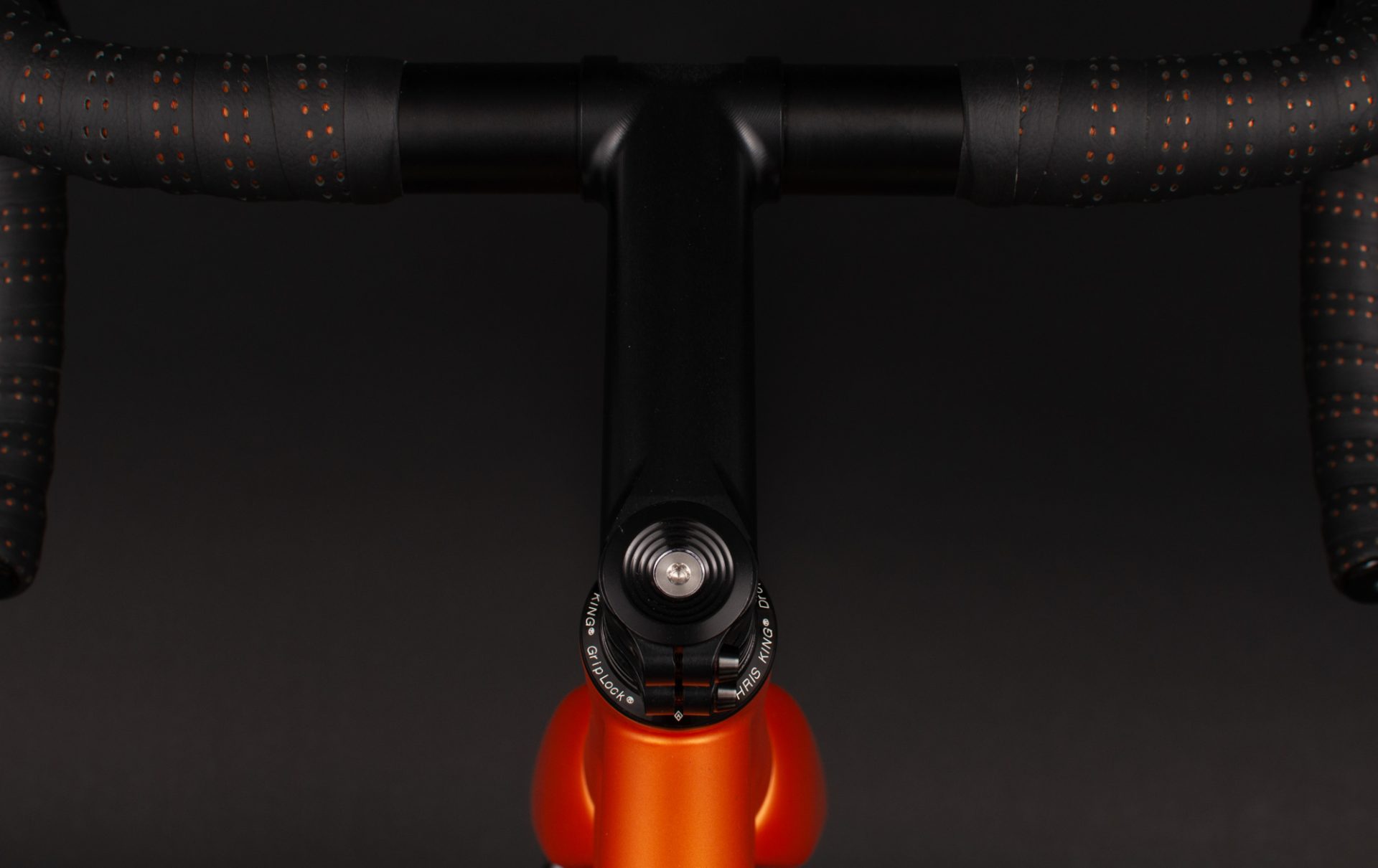
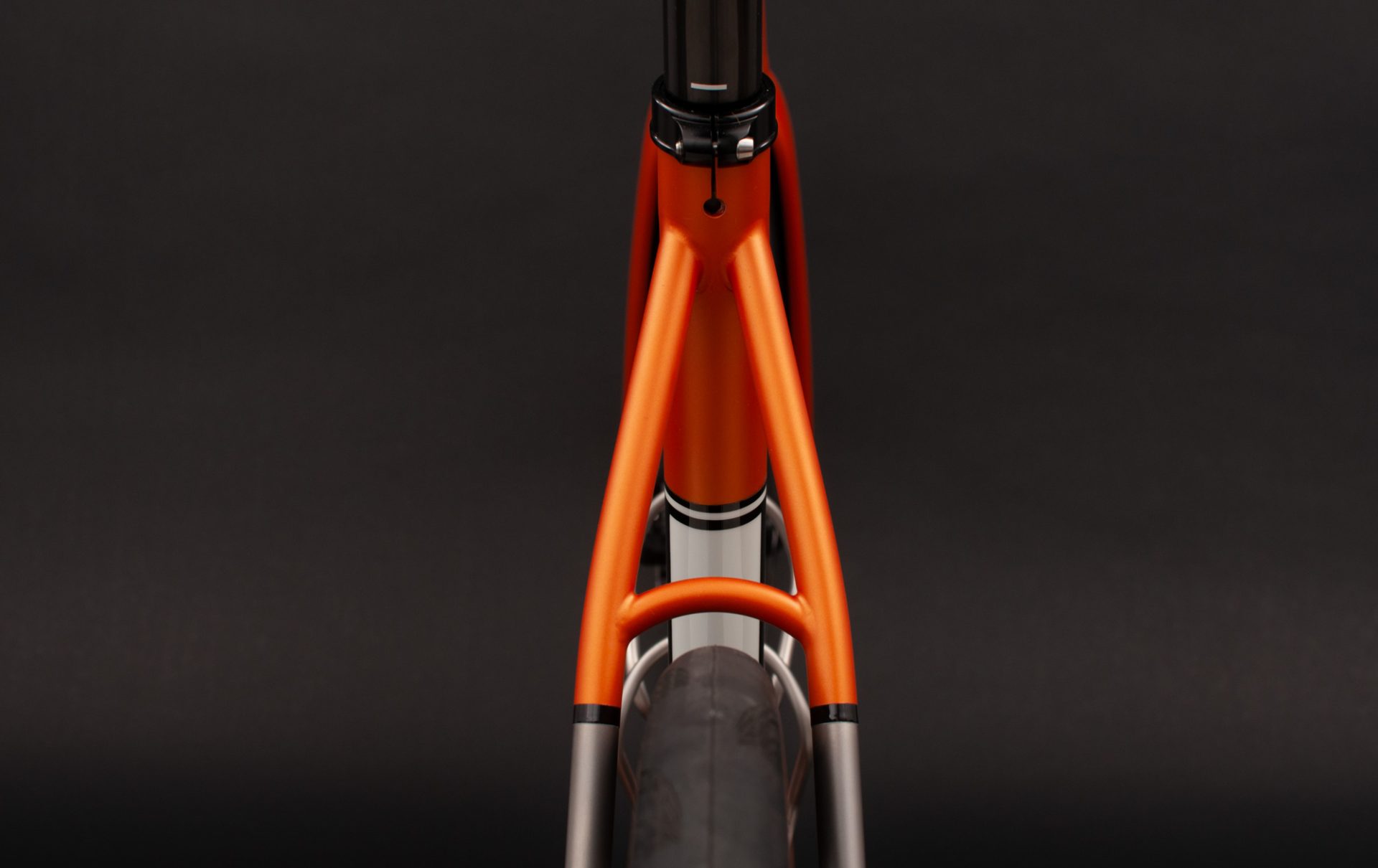
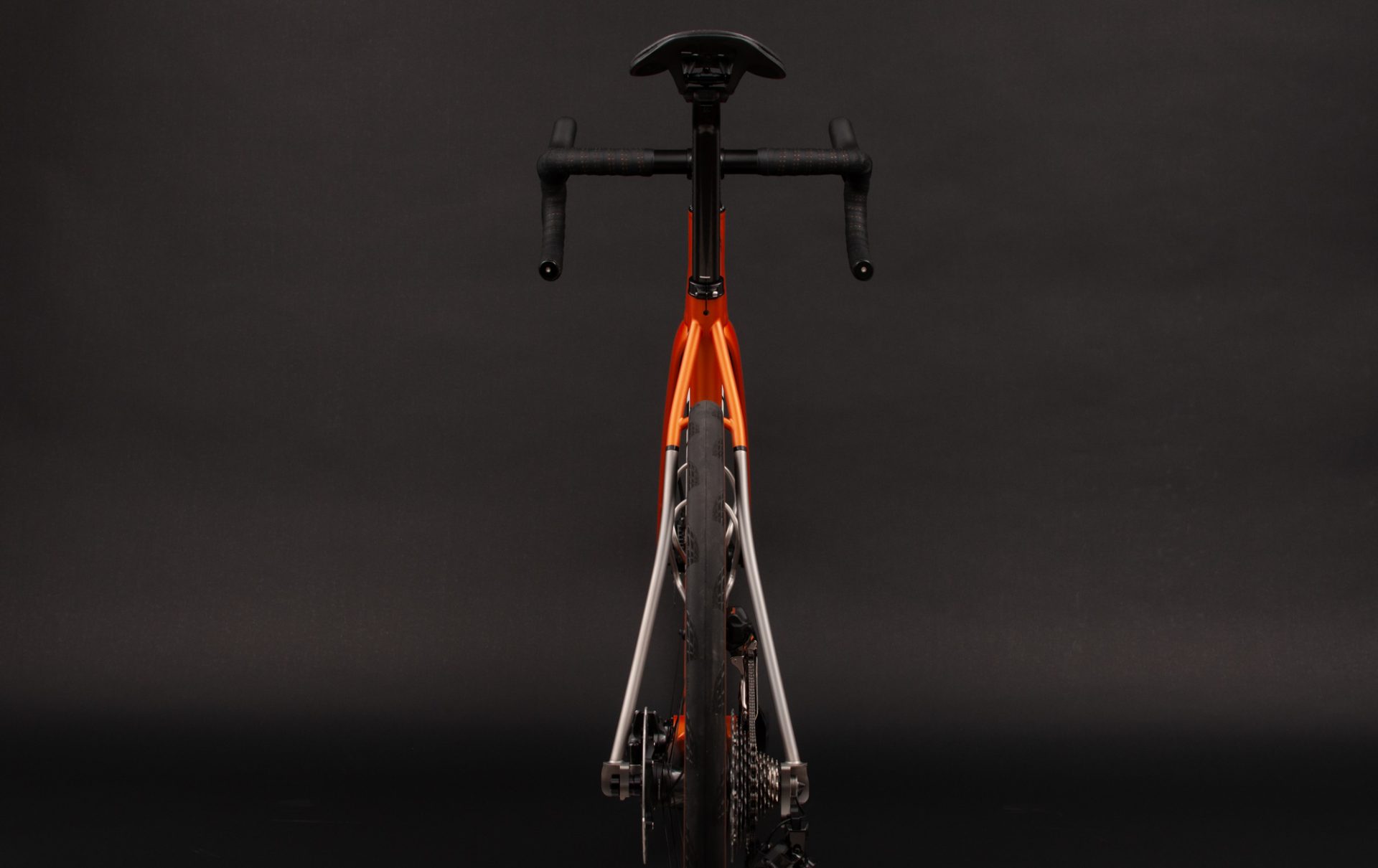
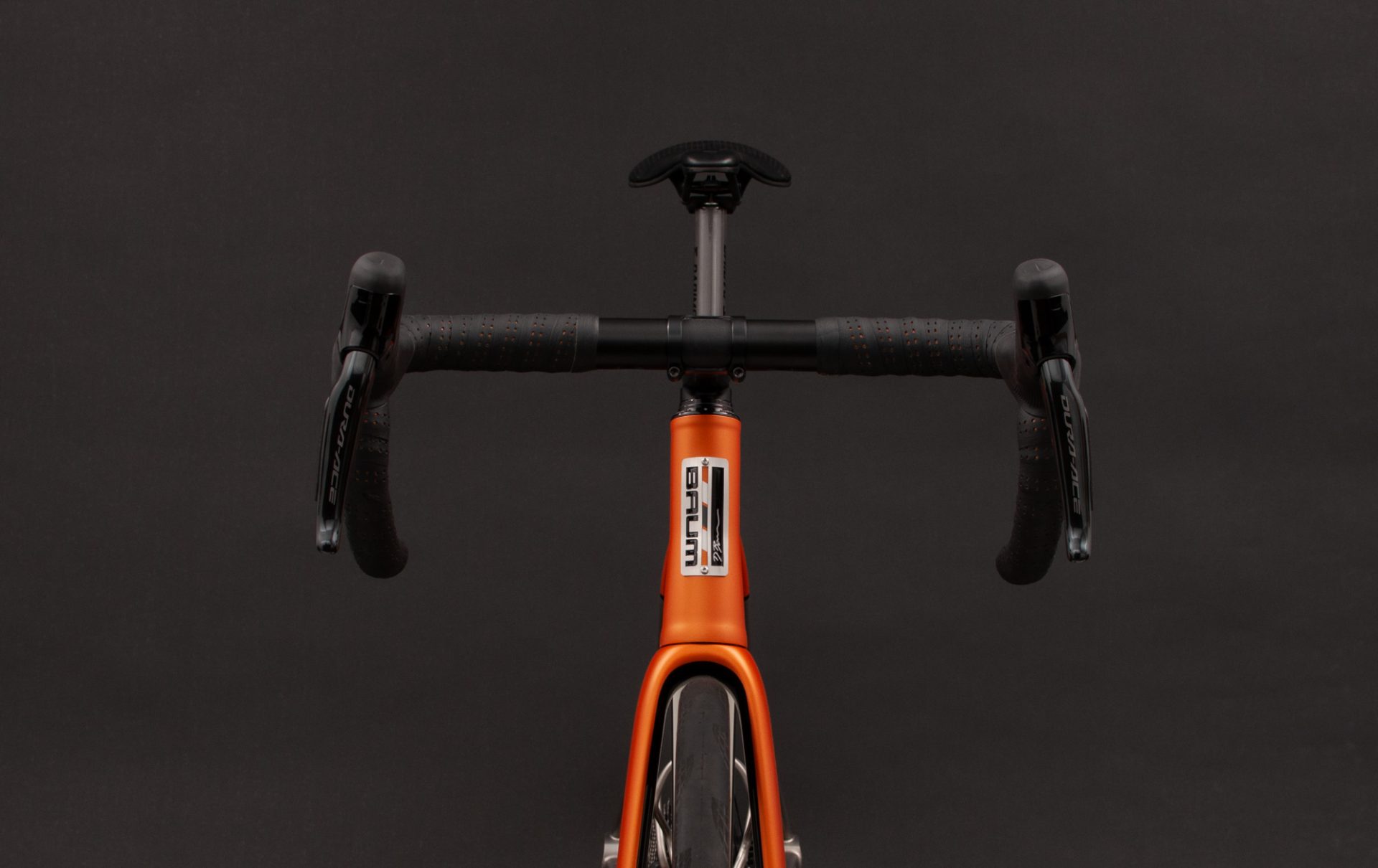
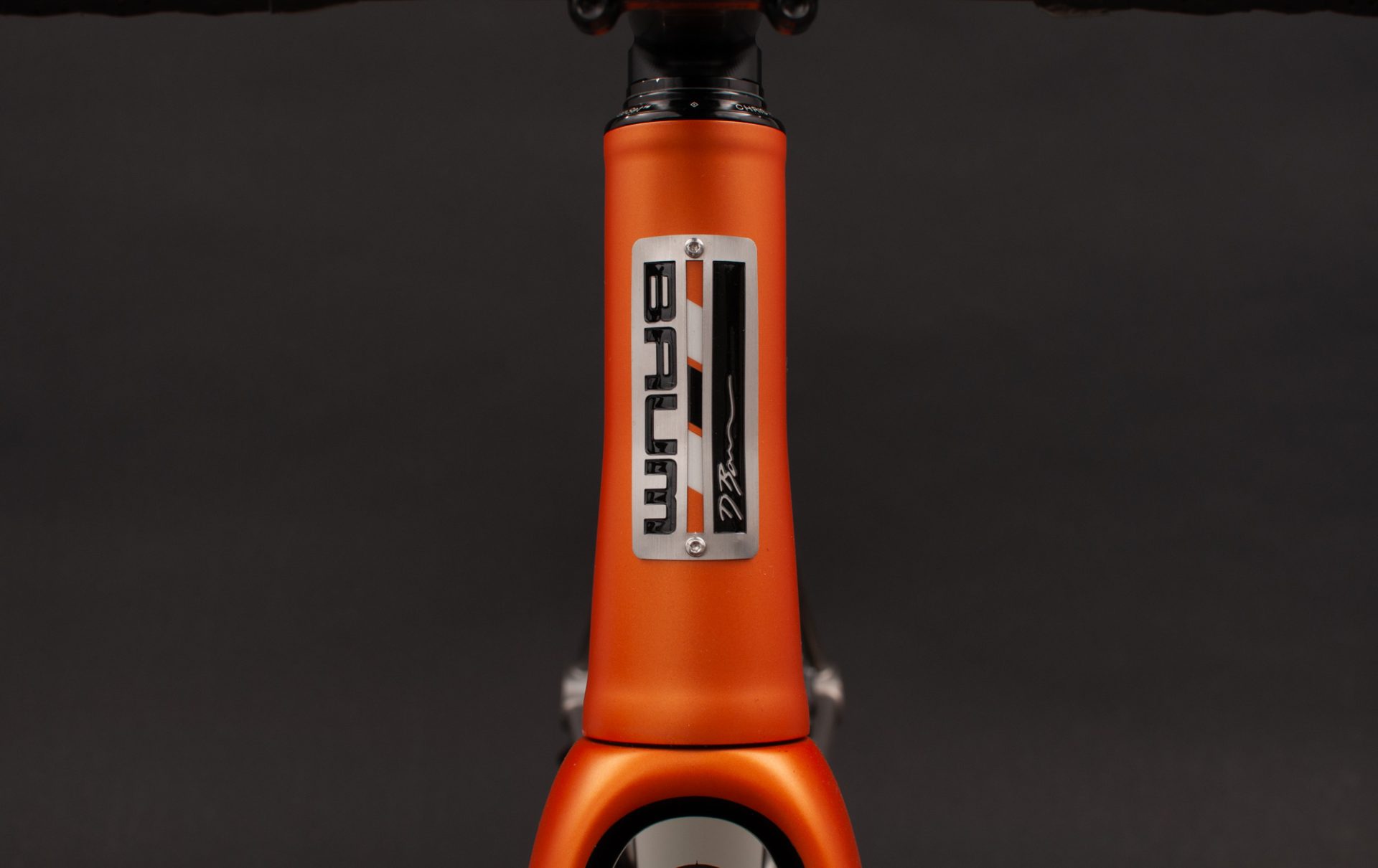
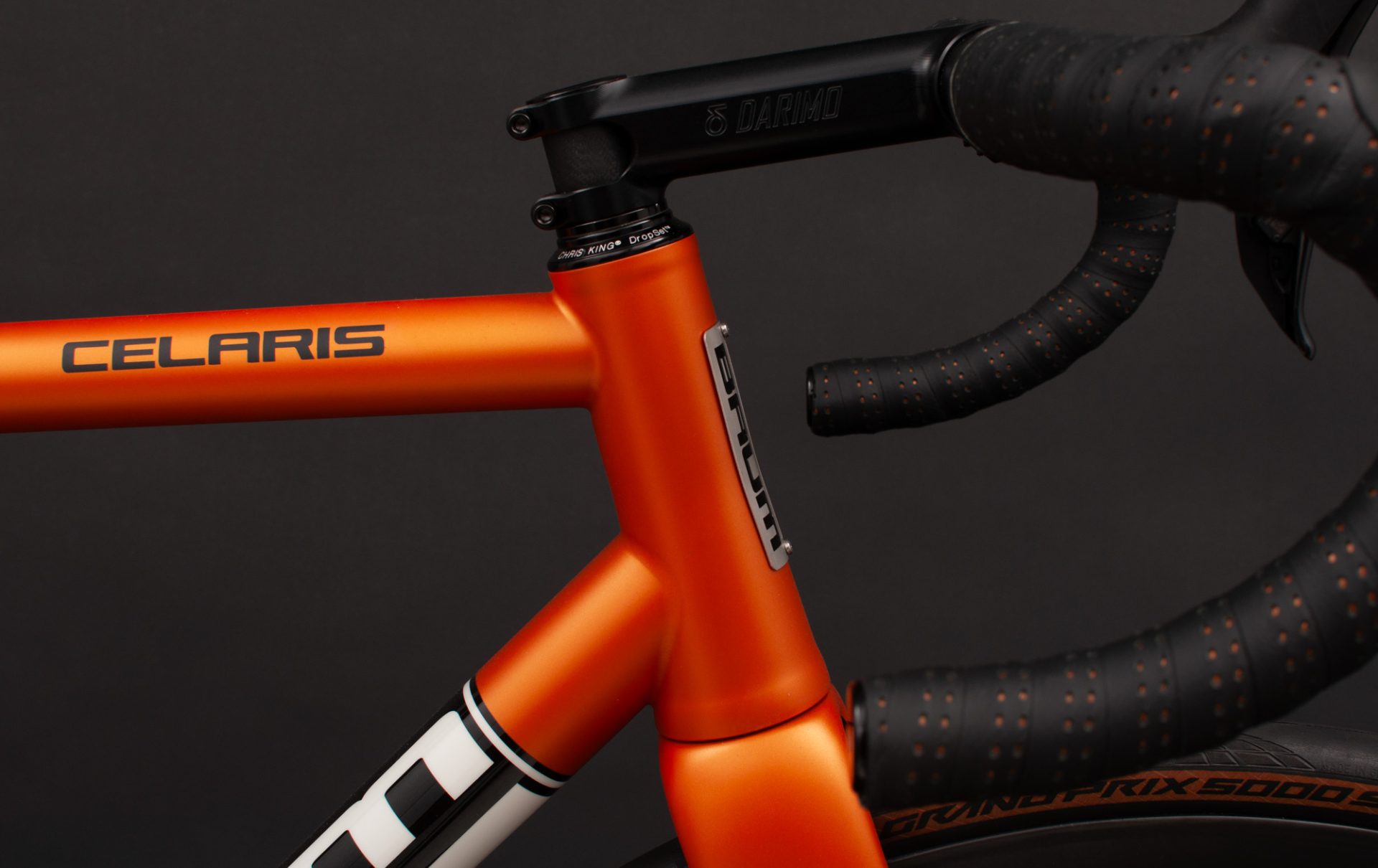

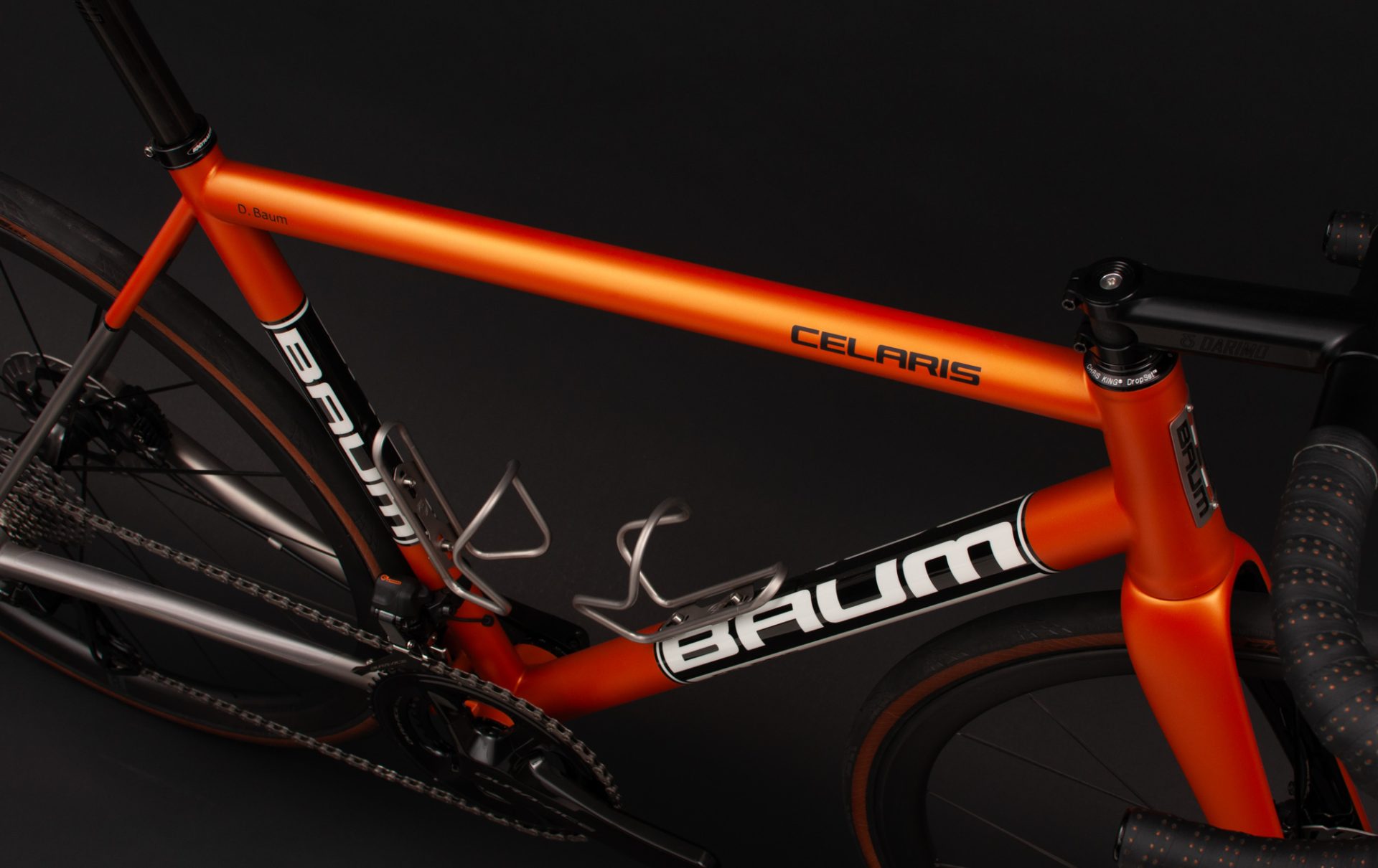
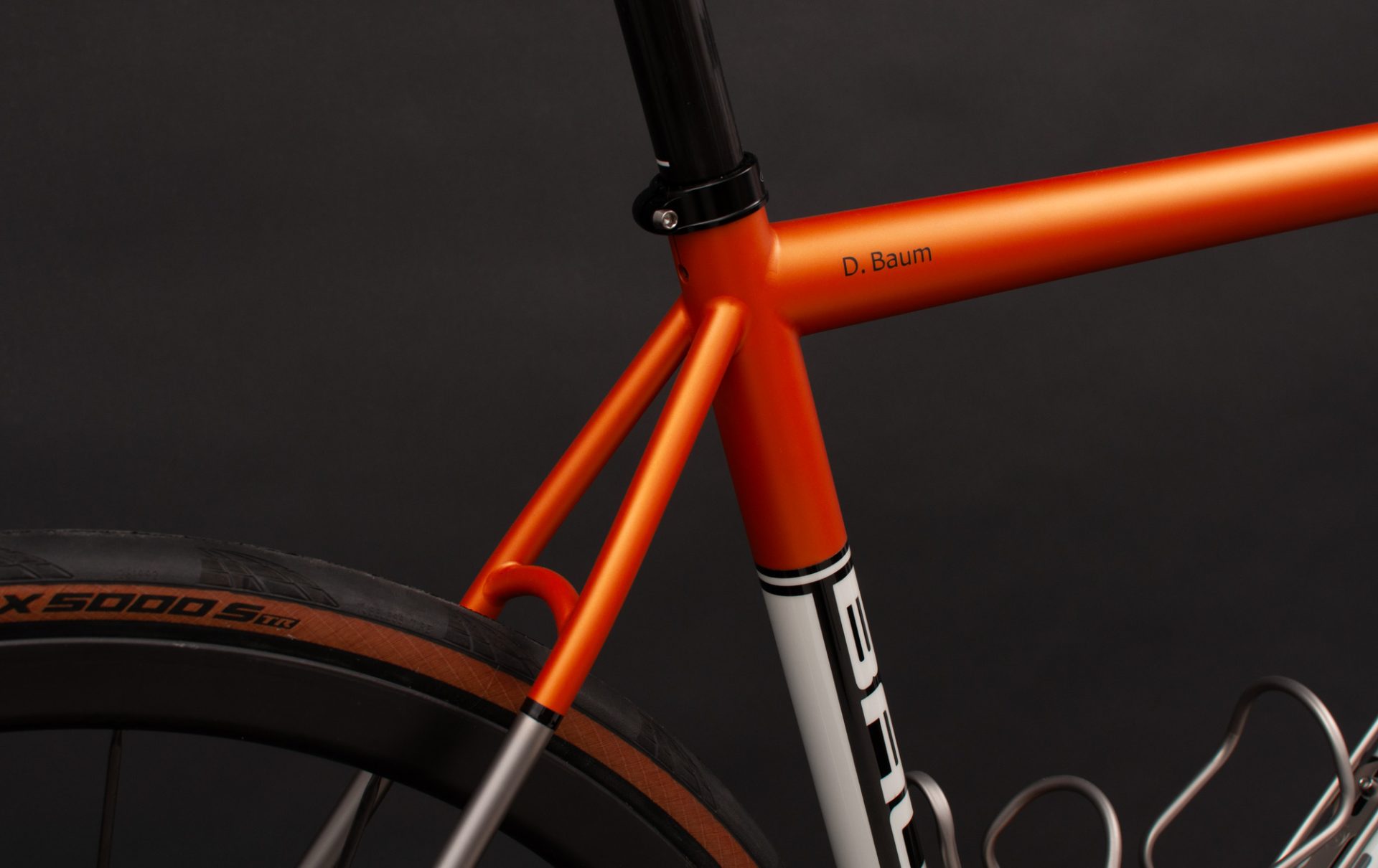
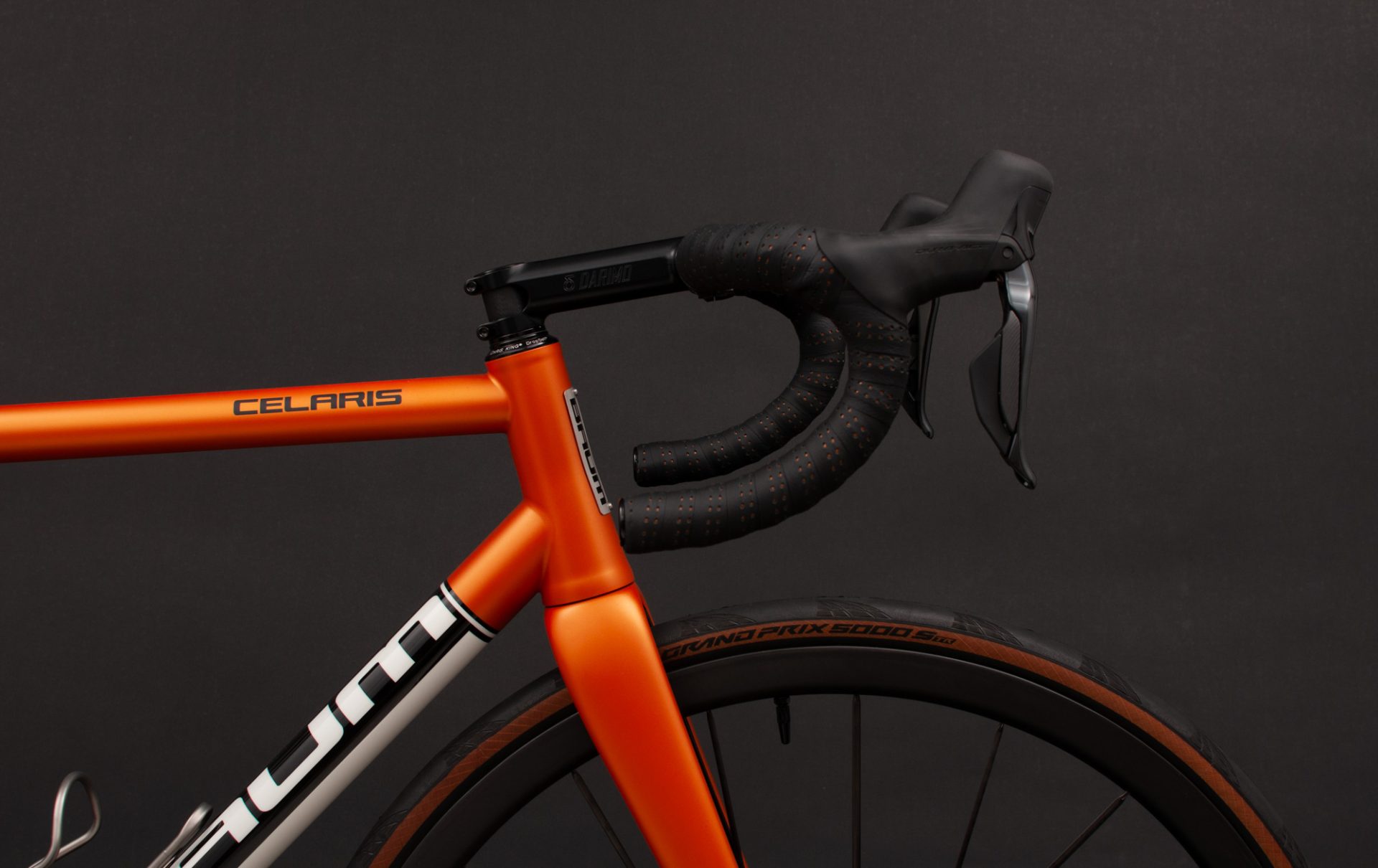
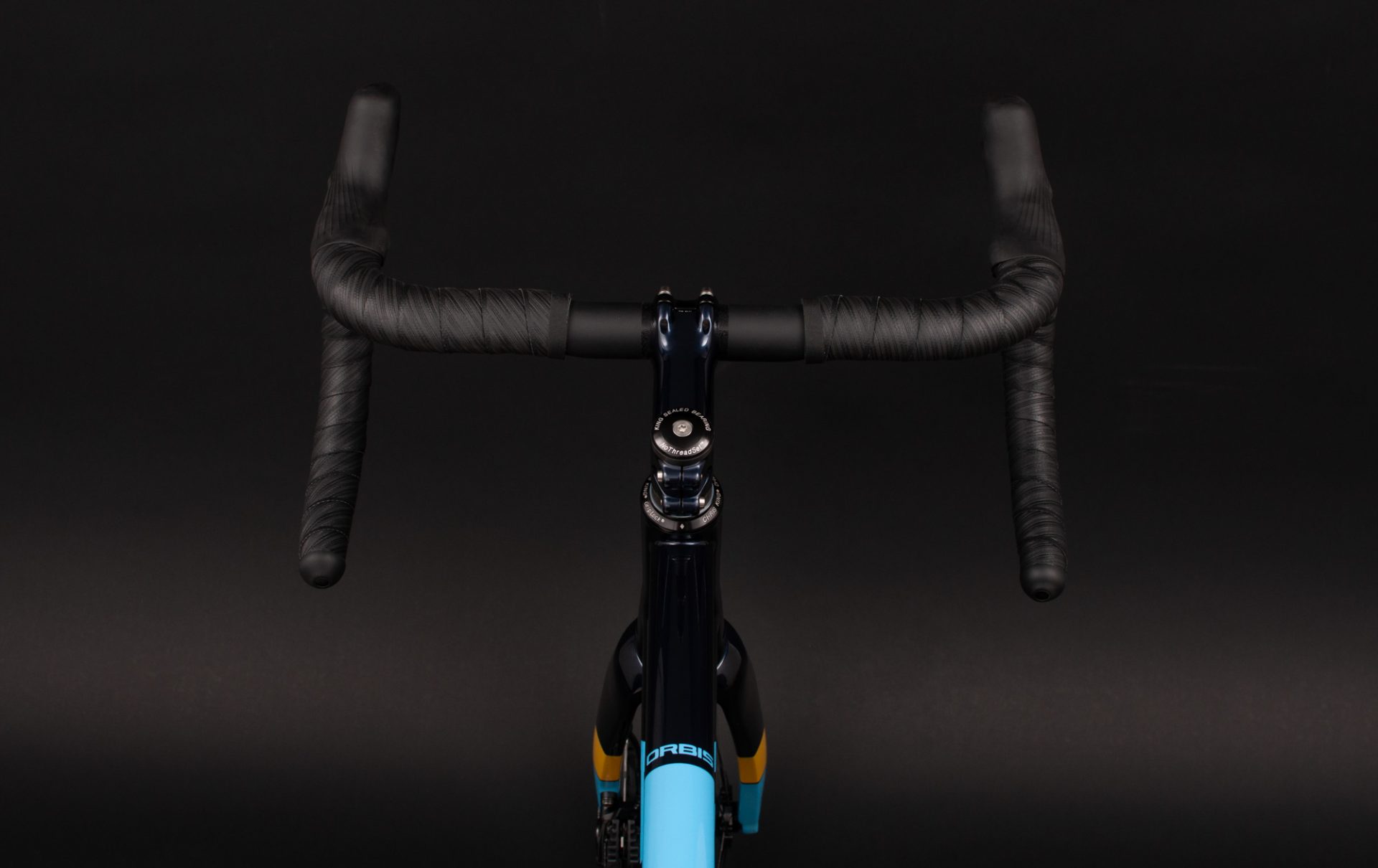

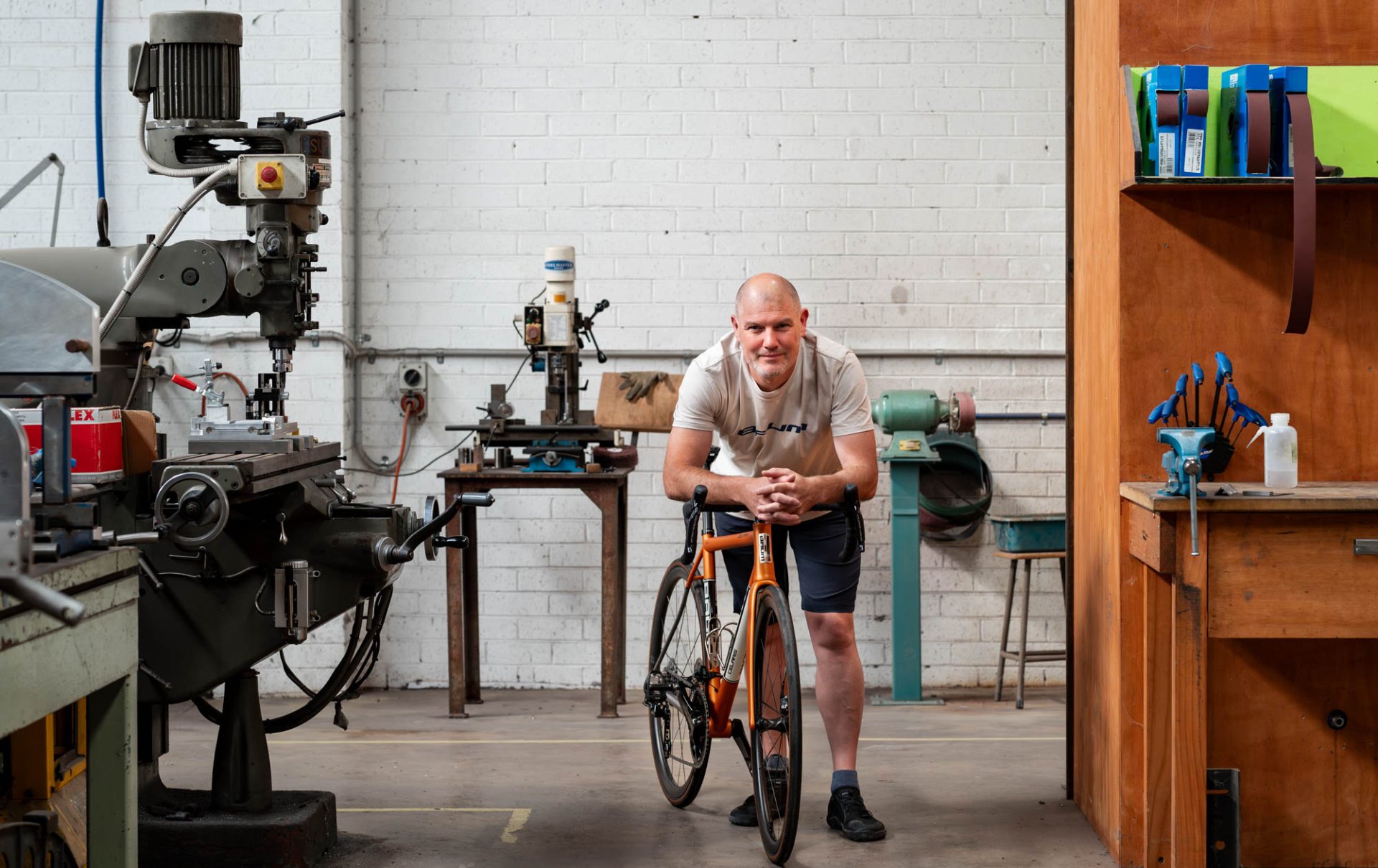
.
What did you think of this story?
